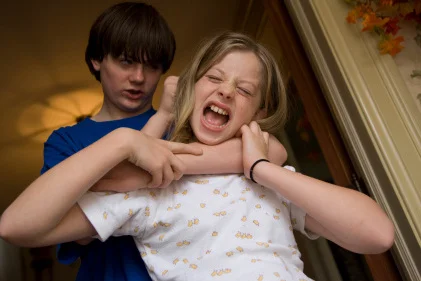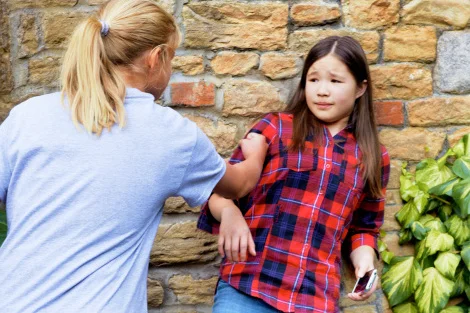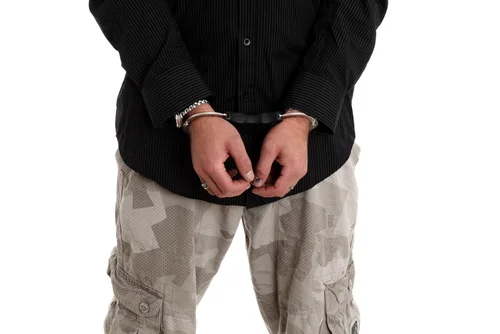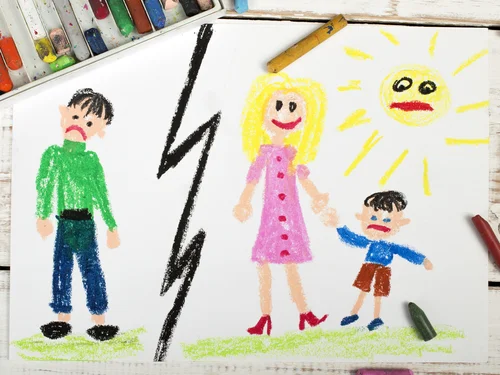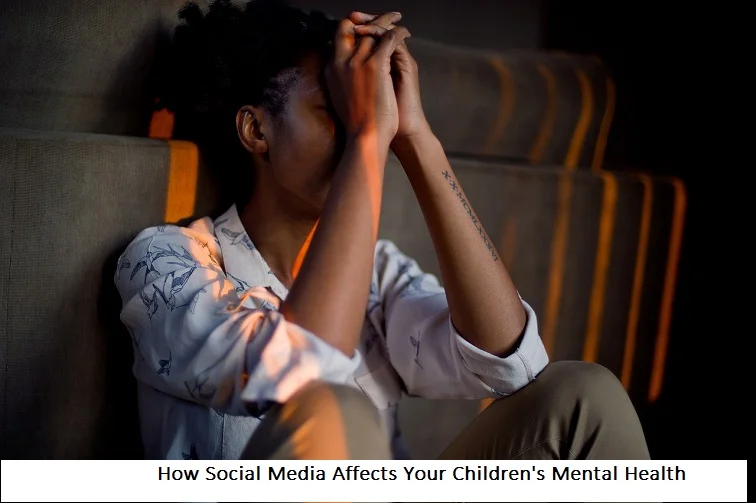+1 845 259 2974 (11 a.m to 7 p.m CST)
Dealing with bullying without physical retaliation
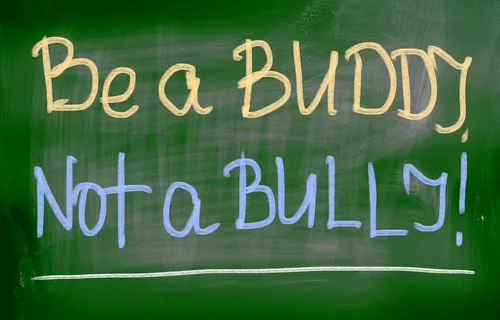
Bullies have been prowling the school hallways, cafeterias, grounds, and even classrooms for as long as one can remember, taking a toll on just the mental development of the victims, but also their academic performance. To help kids defend themselves against these instigators of physical, verbal and psychological abuse, giving them self-defense classes comes off as an attractive and effective option. However, teaching kids the arts of fighting such as karate or martial arts, and giving them a green signal to use physical force against bullies may not be the answer to how to stop bullying in schools.
Reasons to avoid using physical force against bullies
When having a discussion with kids on how to prevent bullying, there are several reasons to warn them against getting physical with instigators of physical, verbal or psychological abuse. Sometimes, a reaction in form of physical aggression is exactly what the bullies are hoping for, as they take it as a license to beat up their victim without getting in too much trouble with the adults since they can easily claim that they weren’t the ones who started it. Physical altercation is generally seen as a bigger offence than bullying by adults, thus worsening the situation for the victim. Using physical force to deal with bullies can also lead t an escalation in violence. Taking the physical response of their victim as both an insult and a challenge, the bully may retreat for a while, only to return with a weapon or a group of friends to avenge their bruised ego. Getting physically aggressive in reaction to verbal and psychological abuse of bullies gives them the confirmation that they are successfully getting under the skin of their victims, thus encouraging them to continue with their attacks.
Self-defense classes not entirely a bad idea
While getting physical when dealing with bullies is not advised, there are times when the victims can fare better if they know how to defend themselves, particularly against physical intimidation and abuse. Bullies mostly act when there aren’t any adults around, thus making it necessary for the target to have some sort of fighting skills to shield themselves from the physical harm. However, this doesn’t involve beating the instigator of bullying to a pulp. Being trained in the arts of fighting may also allow kids to take a stand for other victims of bullying who aren’t strong or confident enough to handle the issue on their own. Just by taking self-defense classes, kids can experience a significant confidence boost and keep the bullies from picking on them.
Alternative approaches to handle bullies
With physical force far from qualifying as an appropriate way for handling bullying, it is imperative that kids are informed about the various alternative options available to them. Bringing the issue to the attention of an adult is among the most effective ways of dealing with bullying. If the bully attacks the victim physically, it turns into an assault, making it necessary to get the law enforcing authorities involved. Kids should also be taught to ignore the intimidating acts and words of bullies, as the latter are bound to lose their motivation if they don’t get the response that they’re searching for.
Self-defense classes may not be an ideal solution to bullying, but since adults can’t rely on kids to always come to them in case they experience bullying, it can give them the confidence and even ability to defend themselves when things get really bad. Of course, they should be firmly told about the consequences of misusing their fighting skills, so that they don’t end up turning into instigators of bullying themselves.

